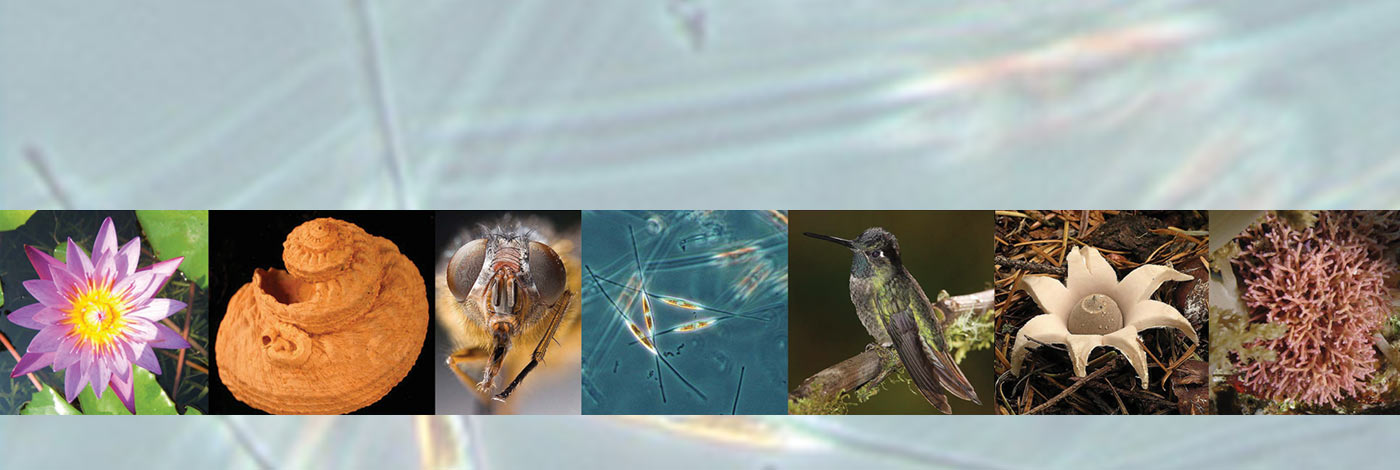

 European Journal of Taxonomy
981 (155) - Pages 155-188
European Journal of Taxonomy
981 (155) - Pages 155-188The tardigrade genus Richtersius Pilato & Binda, 1989 has been considered monotypic for more than 30 years since its establishment and is frequently used in experimental studies on physiological adaptations to stress. Only recently, integrative taxonomy has allowed us to disentangle and describe different but similar species. In this study, we provide a taxonomic reanalysis of the genus Richtersius with an integrative description of two new species based on light and scanning electron microscopy as well as DNA sequencing of four markers (18S rDNA, 28S rDNA, ITS-2, and COI). Richtersius nicolai sp. nov. and Richtersius ingemari sp. nov. are distinguished from congeneric species based on a combination of pore density in newborn’s dorsal cuticle, egg diameters, placoid sizes and reproductive modes. This reanalysis of the genus Richtersius will facilitate the future descriptions of new species and provides a solid taxonomic background for the identification of the species used in experimental research.